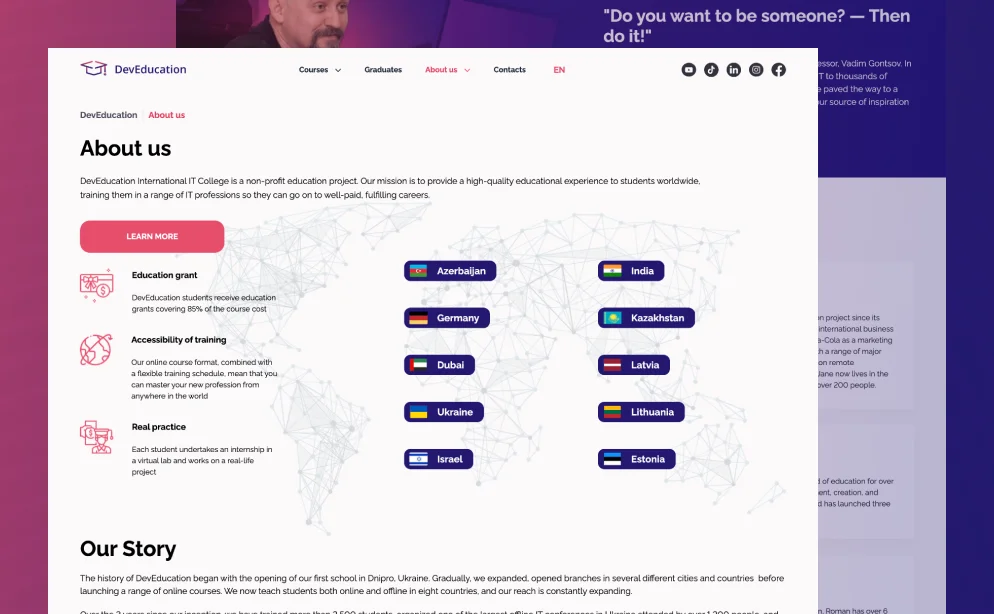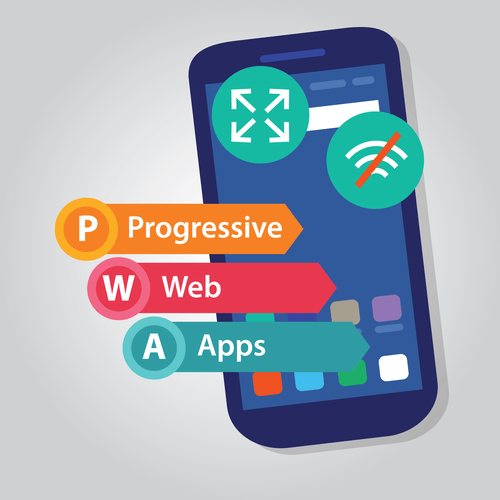As a first step, industrial leaders could gain a better understanding of AI technology and how it can be used to solve specific business problems. They will then be better positioned to begin experimenting with new applications. In response to strong market demand, a cement company had embarked on a throughput upgrade at the beginning of 2016. Hardware upgrades had produced an 8 percent fee-rate gain, and installing an equipment vendor’s off-the-shelf advanced process-control solution brought an incremental 2 percent gain. For decades, companies have been “digitizing” their plants with distributed and supervisory control systems and, in some cases, advanced process controls.
The Coming AI Economic Revolution – Foreign Affairs Magazine
The Coming AI Economic Revolution.
Posted: Tue, 24 Oct 2023 04:00:00 GMT [source]
Manufacturing companies can use digital twin simulations to test and validate new production techniques and systems before they are implemented in the physical world, reducing the risk of costly mistakes. Companies can use immersive AI in Manufacturing technologies like VR and AR to enhance employee training, warehouse processes, quality control, and even product design. To reap the benefits of ai in manufacturing, it is essential to incorporate AI as soon as possible.
AI-enabled product system design
One key obstacle in applying AI to PCB inspection is the dependence on large, labeled datasets for training AI systems. Collating these datasets can be resource-intensive, especially because images of component defects—what’s sometimes termed “negative data”—can be difficult to obtain. What’s more, not all manufacturers possess the required hardware imaging capabilities to collect data in a format that’s suitable for AI applications.
This results in components that are lighter, stronger, and often more cost-effective. Companies are beginning to employ generative AI in their design and development stages. By feeding parameters and requirements into generative design software, companies can obtain optimized design solutions that not only meet their criteria but also present options they might not have considered. These designs can then be tested and refined in the metaverse, leading to innovative and efficient real-world applications. Generative AI, a subset of AI, involves algorithms that can generate new content or designs from scratch, given a set of rules and inputs.
Computer vision
AI enables 360 degrees visibility across factories and manufacturing plants, lines, and warehouses, helping users detect quality issues, reduce scrap, and improve production. This convergence has enabled factories and industries to harness the power of artificial intelligence for optimizing operations, making data-driven decisions, and creating intelligent, adaptive systems. In fact, it is a boon for smart manufacturing as AI not only controls and automates its core processes but also identifies defects in parts and improves the quality of manufactured products.
It can even design new parts or products to take a manufacturing business to the next level. The use of generative design software for new product development is one of the major AI in manufacturing examples. With the help of a generative AI development company, engineers can input design parameters and performance goals, and the AI algorithms can generate multiple design options, exploring a vast range of possibilities.
Manufacturing is Slow to Technology Adoption
We will explore the role of tool makers in enabling AI/ML in a second article. The centralized AI/ML function cannot be isolated from the business and functions in which it will deploy use cases. To build connections, people with business/operations domain expertise, such as R&D designers, process engineers, and equipment engineers, should be included in the AI/ML function. These team members have a critical role in identifying AI/ML use cases and also act as ambassadors for AI/ML solutions within the organization. Most companies that successfully implement AI/ML create a centralized organization, such as a center of excellence (COE), that focuses on such initiatives.

The next question for manufacturers that AI can help answer in regards to quality and throughput is, “How can we maximize uptime without breaking our machines? ” After all, the machine is still costing the manufacturer whether it works or not. That awakening is fueling a slow-burning manufacturing resurgence in the US and, added to the breakdown of supply chains in the wake of COVID-19, industrial business leaders are feeling the pressure to compete. Continuous operations, such as helping plant floor personnel quickly identify a particular machine that is operating outside of its preferred boundaries. This would allow for real-time adjustments to prevent downtime or quality issues.
Getting started with AI in manufacturing
Factory worker safety is improved, and workplace dangers are avoided when abnormalities like poisonous gas emissions may be detected in real-time. Maintenance and bug fixing should be simplified.Manufacturers may enhance and accelerate their innovation with AI-based product creation, resulting in new and more progressive items that hit the market ahead of the competition. In manufacturing, for instance, satisfying customers necessitates meeting their needs in various ways, including prompt and precise delivery. Manufacturers can keep a constant eye on their stockrooms and improve their logistics thanks to the continual stream of data they collect. Operators in factories rely on their knowledge and intuition to manually modify equipment settings while keeping an eye on various indications on several screens. In addition to their regular duties, operators in this system are now responsible for troubleshooting and testing the system.

Manufacturers should start applying generative AI or other technologies to targeted initiatives to learn, develop skills, and secure early wins that can be used to build organizational momentum and gain buy-in. “It’s about bringing knowledge into the organization about how to use and implement AI,” MIT Sloan professor John Hauser said at the MIMO Symposium. Compared with high-value AI initiatives in other industries, manufacturing use cases tend to be more individualized, with lower returns, and thus are more difficult to fund and execute.
Gartner Identifies the Top 10 Strategic Technology Trends for 2024
Appinventiv’s expertise in developing cutting-edge AI and ML products specifically tailored for manufacturing businesses has positioned the company as a leader in the industry. For instance, consider a fashion products manufacturer utilizing AI to predict demand for different clothing items. This benefits in the form of data-driven decision-making, accelerated design iterations, and the ability to create products that align with market demands.

The initial effort, which involves coordinating data, agreeing on priority use cases, and encouraging collaboration among the right business, data-science, and engineering talent, is too great to be successful as a bottom-up project. We believe that the application of AI/ML will dramatically accelerate in the semiconductor industry over the next few years. Taking steps to scale up now will allow companies to capture the full benefits of these technologies. Explore the magic of digital transformation through Generative AI, real-world use cases, and future prospects like low/no-code platforms…. According to our Generative AI Report, text applications are at the top of the reasons for the adoption of generative AI tools (40.8%)…. Funded by UKRI (UK Research and Innovation), the £147 million investment will be matched by a minimum of £147 million from the manufacturing industry.
Machine-generated events monitoring
They may also automate the time-consuming processes related to physical-layout design and the verification process. The data collected might include electric currents in the etching process, light intensity in lithography, and temperatures in baking. With these models, optimal process times can be implemented on a per-wafer or per-batch basis to shorten processing time, improve yield, or both, thus decreasing cost of goods sold (COGS) and increasing throughput. Machine learning solutions can promote inventory planning activities as they are good at dealing with demand forecasting and supply planning. AI-powered demand forecasting tools provide more accurate results than traditional demand forecasting methods (ARIMA, exponential smoothing, etc) engineers use in manufacturing facilities.
- During the process, IC designs are broken down into key components with the support of AI-based analytics.
- Artificial intelligence (AI) can be applied to production data to improve failure prediction and maintenance planning.
- This preemptive approach allows companies to avoid costly downtime and extend the life of their equipment.
- Tool OEMs can help ensure this connectivity, which is particularly essential for manufacturing use cases.
- Let’s explore the ways in which the metaverse, AI and web3 technology are transforming manufacturing and industrial organizations and what the future of this sector may look like as a result.
- The feedback would help the manufacturer understand exactly what parameters were used to make those parts and then, from the sensor data, see where there are defects.